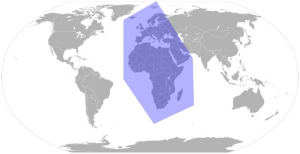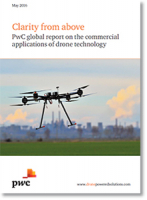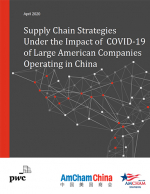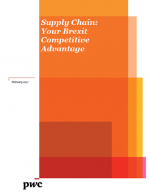Making the Right Risk Decisions to Strengthen Operations Performance
In the past twelve months, more than 60% of the companies surveyed said that their performance indicators had dropped by 3% or more as a result of supply chain disruptions.
The Global Supply Chain and Risk Management Survey is a study of the supply chain operations and risk management approaches of 209 companies with a global footprint.
As globally operating organisations, they are exposed to high risk scenarios ranging from controllable risks, such as raw material price fluctuation, currency fluctuation, market changes
or fuel price volatility, to uncontrollable ones such as natural disasters.
The findings validate five key principles that companies can learn from to better manage today’s risk challenges to their supply chains and prepare for future opportunities.
- Supply chain disruptions have significant impact on company business and financial performance.
- Companies with mature supply chain and risk management capabilities are more resilient to supply chain disruptions. They are impacted less and they recover faster than companies with immature capabilities.
- Mature companies that invest in supply chain flexibility are more resilient to disruptions than mature companies that don’t.
- Mature companies investing in risk segmentation are more resilient to disruptions than mature companies that do not invest in risk segmentation.
- Companies with mature capabilities in supply chain and risk management do better along all surveyed dimensions of operational and financial performance than immature companies.
“Capability maturity” referred to in the above five principles was determined using our supply chain and risk management capability maturity framework. This framework assesses the
degree to which companies are applying the most effective enablers of supply chain risk reduction (e.g., flexibility, risk governance, alignment, integration, information sharing, data, models and analytics, and rationalisation) and their associated processes. The model depicts where a company stands in relation to its competition and the rest of the industry.
What’s Related




Favorites





